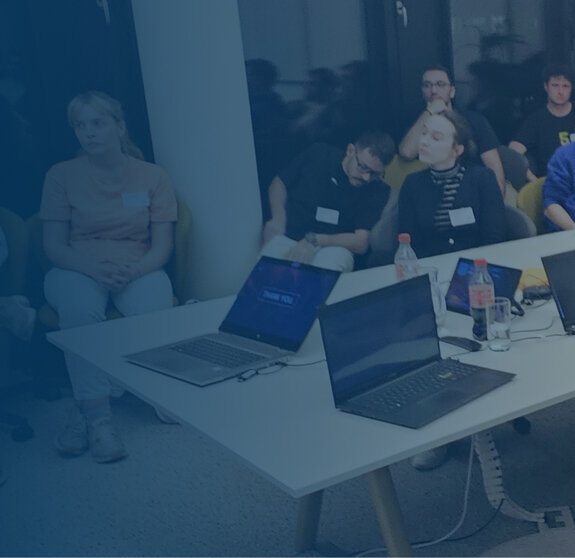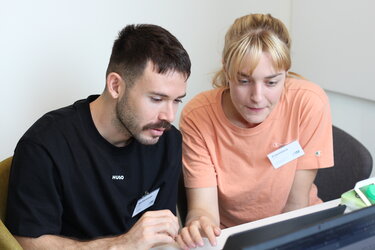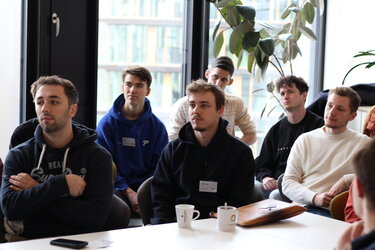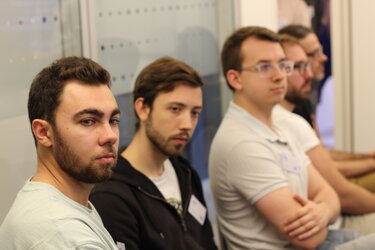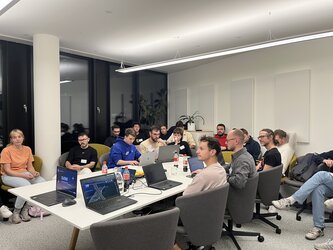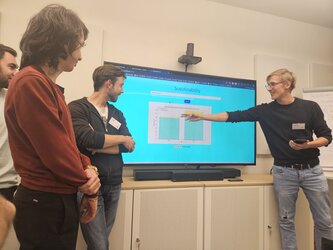On October 19th, 2024, TIMETOACT GROUP Austria hosted the Hackathon “Sustainability meets LLMs”, organized by AIM – AI Impact Mission. This event brought together talented minds from JKU, TU, Universität Wien, WU, and industry, all focused on creating innovative Retrieval-Augmented Generation (RAG) solutions within one day to tackle real-world sustainability challenges using public ESG and sustainability reports. In his insightful keynote, Daniel Weller (Senior Software Developer & AI Expert at TIMETOACT) set the scene by highlighting key facts and embedding them within the broader context of ESG reporting, offering participants a compelling foundation for the day’s work. With a focus on impactful AI applications, participants addressed key issues like greenwashing detection, ESG report relevance mapping, and compliance with the European Green Deal.
Datum
05.11.2024
content.autor.writtenBy
The Top 3 Teams
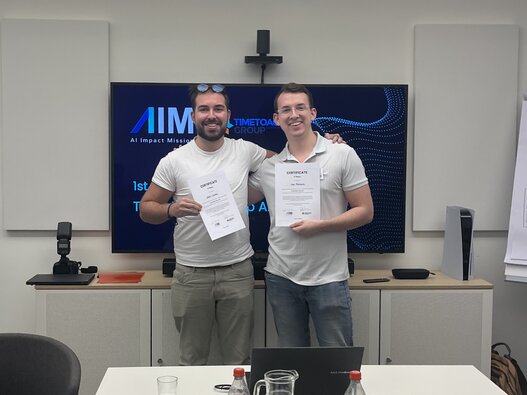
First Place: SAM – Sustainability Advanced Model
The winning team, nexus. Group AI, developed SAM, an AI-powered ESG reporting platform designed to help companies streamline their sustainability compliance. SAM leverages RAG and NLP to generate real-time ESG compliance scores and insights, aligning with European Green Deal goals. By utilizing data from multiple sources and providing an intuitive dashboard, SAM empowers businesses to manage sustainability proactively.
Read more about the winning project here →
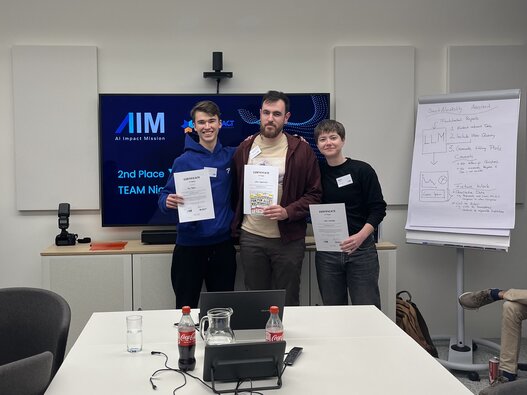
Second Place: Trustpilot for ESG
This solution tackled greenwashing by detecting misleading claims in ESG reports. The NightWalkers designed a scalable tool that assigns trustworthiness scores based on various types of greenwashing indicators, including unsupported claims and inaccurate data. This tool is especially valuable for investors, NGOs, and consumers seeking to hold companies accountable for their sustainability claims.
Read more about Trustpilot for ESG here →

Third Place: ESG Relevance Mapping
The Venturers team created an architecture to identify the relevance of each section. Their prototype classified sentences based on its content, making it easier to identify concrete facts versus promotional, vague statements. This relevance map helps users quickly navigate reports, enabling standardized comparisons between companies and incentivizing clarity in ESG reporting.
Read more about ESG relevance mapping here →
We want to acknowledge the incredible efforts of all participating teams, who demonstrated creativity, technical skill, and a strong commitment to sustainability! Each team brought unique insights and learned valuable lessons throughout the hackathon, contributing to an inspiring event that showcased the potential of AI to drive positive environmental and social impact.
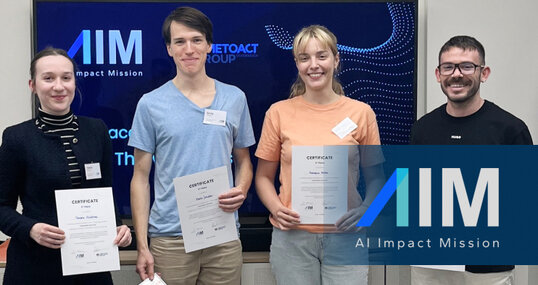
Third Place - AIM Hackathon 2024: The Venturers
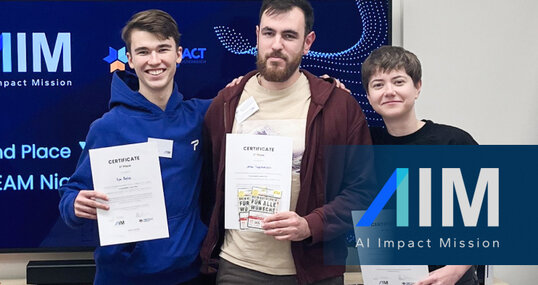
Second Place - AIM Hackathon 2024: Trustpilot for ESG
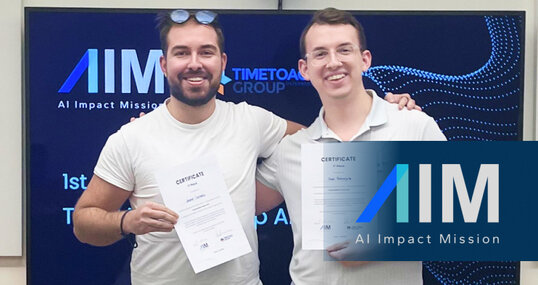
SAM Wins First Prize at AIM Hackathon
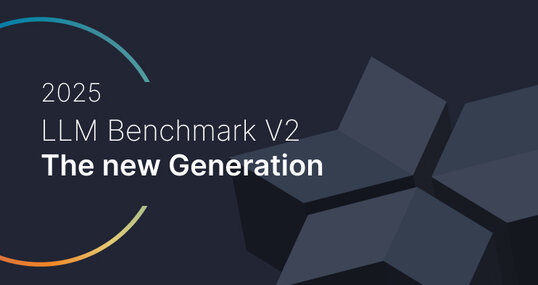
ChatGPT & Co: LLM Benchmarks for January
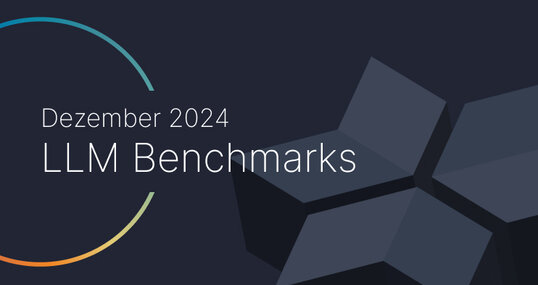
ChatGPT & Co: LLM Benchmarks for December
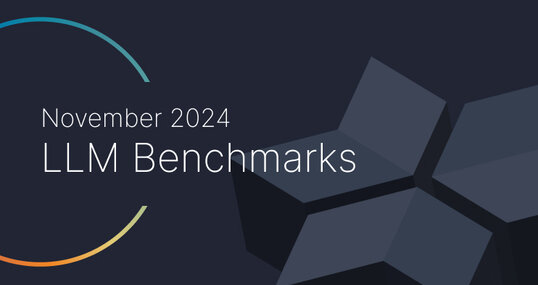
ChatGPT & Co: LLM Benchmarks for November
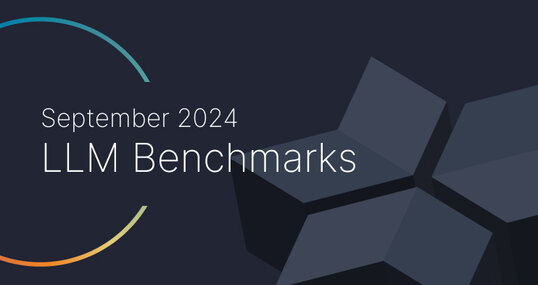
ChatGPT & Co: LLM Benchmarks for September

LLM Performance Series: Batching
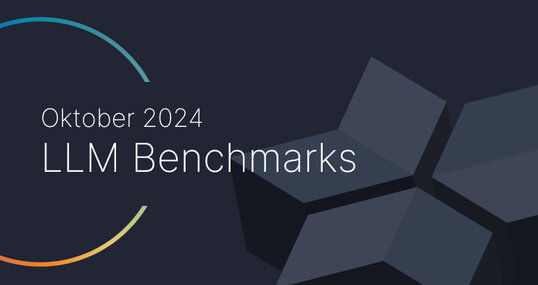
ChatGPT & Co: LLM Benchmarks for October

Let's build an Enterprise AI Assistant

The Intersection of AI and Voice Manipulation

So You are Building an AI Assistant?

Strategic Impact of Large Language Models

Part 4: Save Time and Analyze the Database File

Part 1: Data Analysis with ChatGPT

Part 3: How to Analyze a Database File with GPT-3.5

Creating a Social Media Posts Generator Website with ChatGPT

Open-sourcing 4 solutions from the Enterprise RAG Challenge

Sustainability

Part 1: TIMETOACT Logistics Hackathon - Behind the Scenes
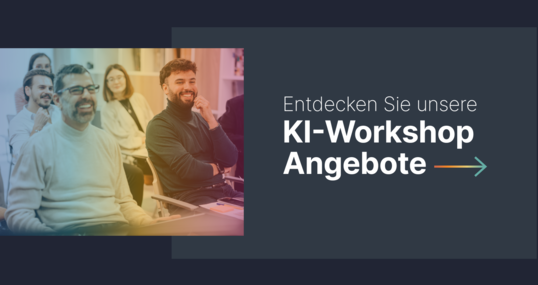
AI Workshops for Companies

Introduction to Functional Programming in F# – Part 6

Introduction to Functional Programming in F# – Part 5

Introduction to Functional Programming in F# – Part 4

Introduction to Functional Programming in F# – Part 12

My Weekly Shutdown Routine

Introduction to Functional Programming in F#

Introduction to Functional Programming in F# – Part 10

Introduction to Functional Programming in F# – Part 11

Innovation Incubator Round 1

ADRs as a Tool to Build Empowered Teams
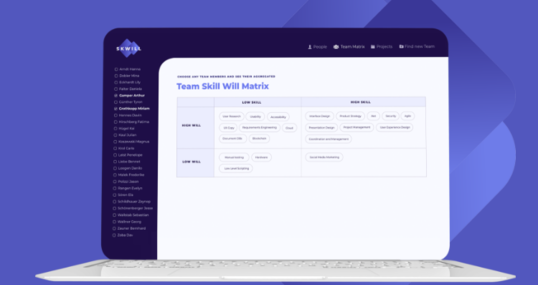
From the idea to the product: The genesis of Skwill

Introduction to Functional Programming in F# – Part 2

Introduction to Functional Programming in F# – Part 9

Introduction to Functional Programming in F# – Part 3

Introduction to Partial Function Application in F#

Innovation Incubator at TIMETOACT GROUP Austria

Learn & Share video Obsidian

Introduction to Functional Programming in F# – Part 8

So, I wrote a book

Introduction to Functional Programming in F# – Part 7

Running Hybrid Workshops

Using a Skill/Will matrix for personal career development

Ways of Creating Single Case Discriminated Unions in F#

5 lessons from running a (remote) design systems book club

Celebrating achievements

Learning + Sharing at TIMETOACT GROUP Austria

Inbox helps to clear the mind

Common Mistakes in the Development of AI Assistants

8 tips for developing AI assistants

Process Pipelines
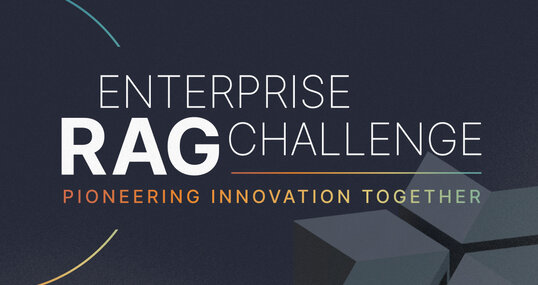
AI Contest - Enterprise RAG Challenge

License Plate Detection for Precise Car Distance Estimation

5 Inconvenient Questions when hiring an AI company

Database Analysis Report

Crisis management & building a sustainable future with AI

Artificial Intelligence in Treasury Management

Expanding Opportunities with Generative AI
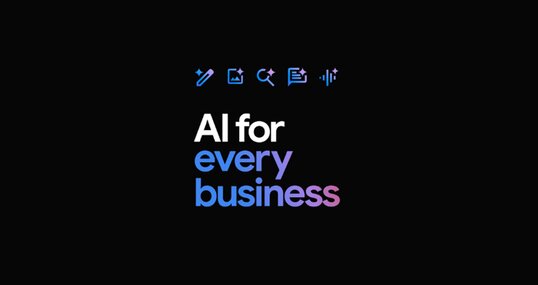
Google Workspace: AI-supported work for every company

Boosting speed of scikit-learn regression algorithms

Dashboards & Reports

Designing and Running a Workshop series: An outline

Part 2: Data Analysis with powerful Python

Why Was Our Project Successful: Coincidence or Blueprint?
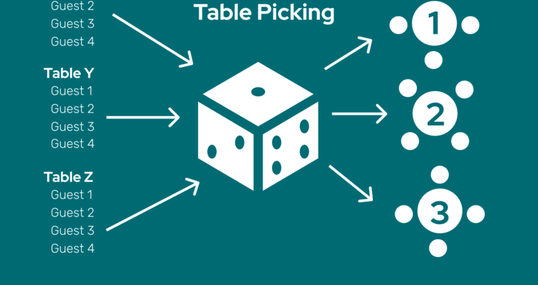
The Power of Event Sourcing

How to gather data from Miro

Designing and Running a Workshop series: The board

Tracing IO in .NET Core

Understanding F# Type Aliases

My Workflows During the Quarantine
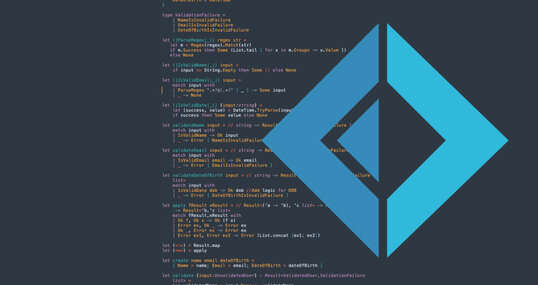
Understanding F# applicatives and custom operators

Building a micro frontend consuming a design system | Part 3

Part 1: Detecting Truck Parking Lots on Satellite Images

Make Your Value Stream Visible Through Structured Logging

Building A Shell Application for Micro Frontends | Part 4

They promised it would be the next big thing!

Introduction to Web Programming in F# with Giraffe – Part 3

Introduction to Web Programming in F# with Giraffe – Part 2

Isolating legacy code with ArchUnit tests

How we discover and organise domains in an existing product

Machine Learning Pipelines

Part 2: Detecting Truck Parking Lots on Satellite Images

Event Sourcing with Apache Kafka
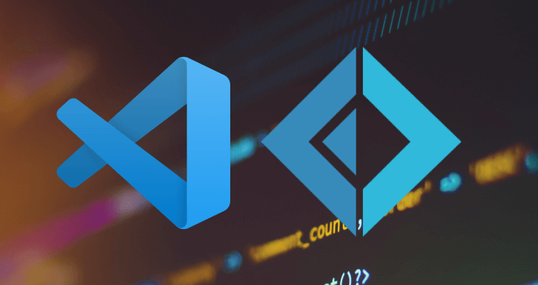
Using Discriminated Union Labelled Fields

Using NLP libraries for post-processing

Revolutionizing the Logistics Industry

Creating solutions and projects in VS code

State of Fast Feedback in Data Science Projects
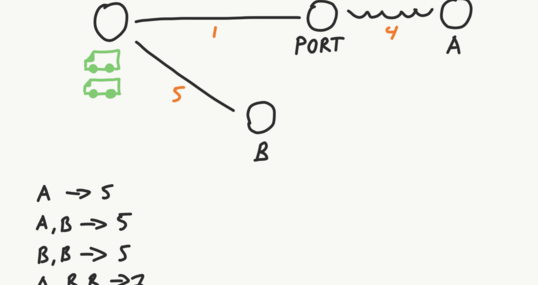
Announcing Domain-Driven Design Exercises

Building and Publishing Design Systems | Part 2

Introduction to Web Programming in F# with Giraffe – Part 1
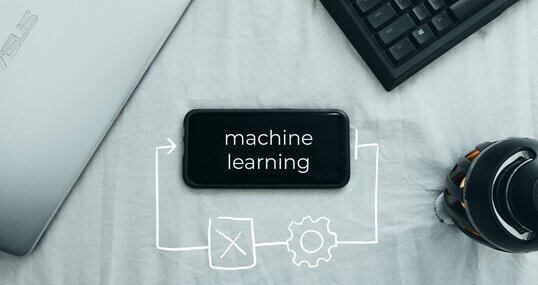
Creating a Cross-Domain Capable ML Pipeline

Data Governance

